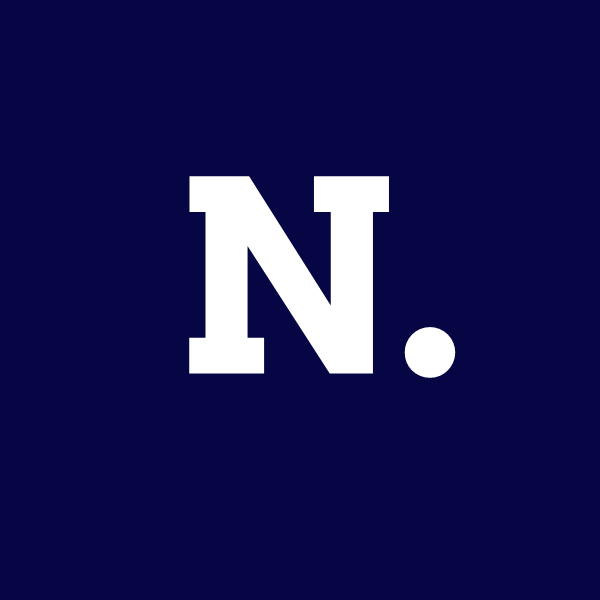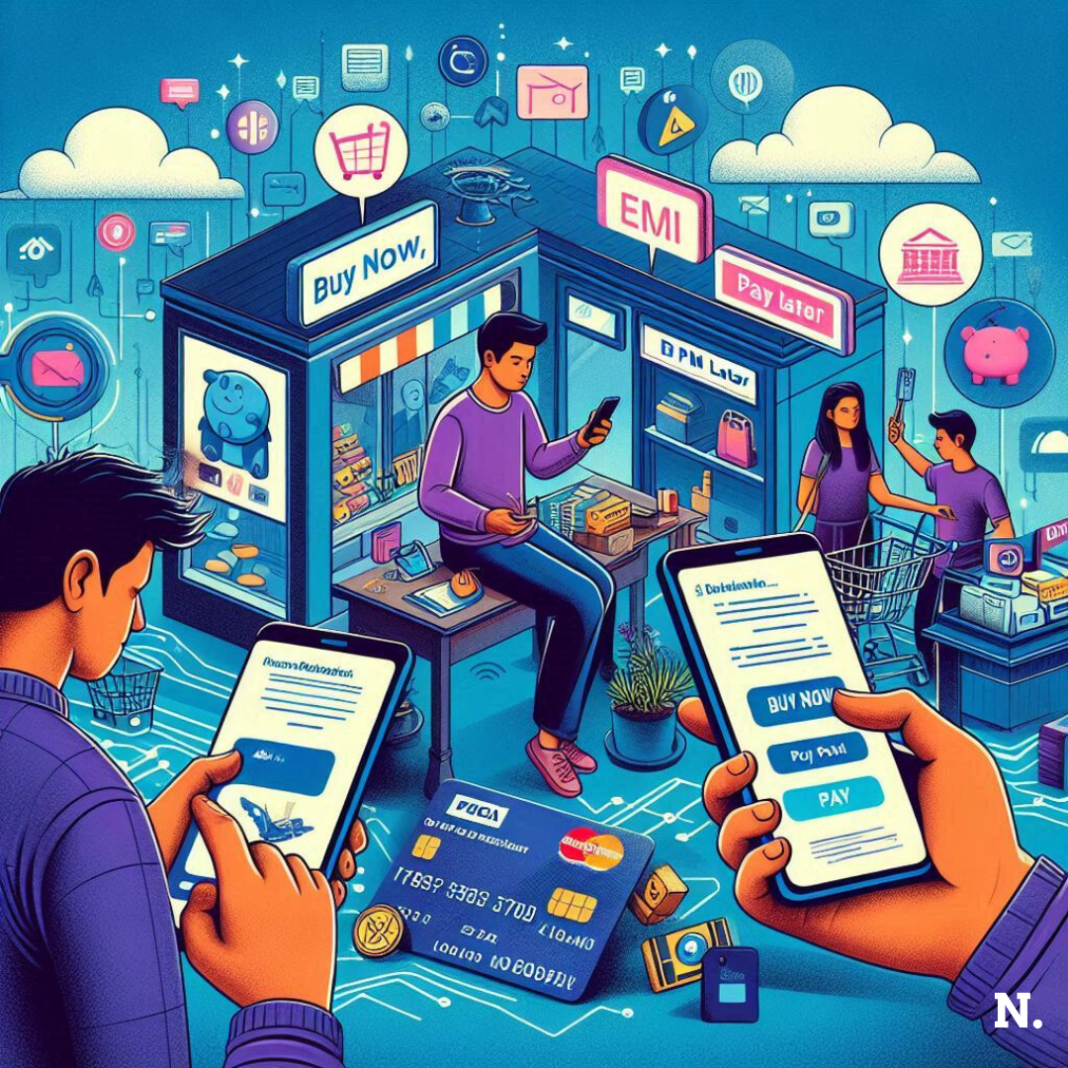Borrowing money was once considered a cautious decision, reserved for big milestones like buying a house or a car. Our parents and grandparents lived frugally, saving every rupee to achieve their dreams. However, the approach to borrowing has undergone a significant transformation in recent times. The latest survey by Home Credit India, titled “How India Borrows 2024,” reveals the changing face of India’s borrowing landscape, where loans are no longer just for needs but for wants.
Let’s take a closer look at how borrowing has shifted in India.
Why is India Borrowing?
India is now borrowing for more than just necessities. While previous generations took loans for essentials like homes or cars, today’s consumers are using credit to enhance their lifestyle. The survey reveals that 37% of Indians are now borrowing to buy smartphones and home appliances. This is a massive leap compared to only 1% in 2020. These gadgets and electronics are no longer considered luxuries but are now seen as essential for everyday life.
Loans for home renovation and construction have also seen a rise, with 15% of borrowers in 2024 using credit for this purpose, compared to just 9% in 2022. People are investing in their living spaces, upgrading them to meet modern standards and comfort.
Business loans have also seen a spike, with 21% of individuals in 2024 borrowing for business purposes, a notable increase from 5% in 2020. Government support, through various credit schemes and subsidies for micro, small, and medium enterprises (MSMEs), has made it easier for aspiring entrepreneurs to take the plunge into business.
Interestingly, while these aspirational loans are on the rise, the need for survival-driven loans, like those taken out for medical emergencies, has decreased. In 2020, 7% of people borrowed money for medical needs, but this number dropped to 3% in 2024. This could suggest that more people are planning for such emergencies in their financial strategies. Loans for education and marriage, on the other hand, have remained steady or seen slight increases, indicating that traditional reasons for borrowing remain, though they are not growing as rapidly as loans for lifestyle upgrades.
How is India Borrowing?
The way Indians are borrowing has also changed dramatically. One of the key reasons for the increase in loans for non-essential items is the easy access to credit. Online marketplaces are now offering loan options like ‘buy now, pay later’ (BNPL) and no-EMI (equal monthly instalment) plans. Customers find it simpler to make purchases and pay for them over time using these options.
Embedded finance, which integrates loan options directly into the shopping experience, has become a popular choice, especially among Gen Z and male consumers. About 50% of borrowers now prefer this method because it is fast and simple. Gen Z, the group born between 1996 and 2010, is particularly drawn to these embedded loan options, with 55% using them to finance purchases.
However, lower-middle-class borrowers still prefer more traditional options like EMI cards. These cards offer reliability and faster loan approvals, which is why 43% of this group continues to use them.
Credit cards remain another popular choice for financing, with 24% of borrowers relying on them. However, digital lending apps, once hailed as the future of borrowing, are losing favor. Only 12% of borrowers now use these apps, and concerns about data privacy are playing a big role in this decline. People are becoming more cautious about how their personal information is being collected and used by these platforms, leading to a drop in their popularity.
Taking a Loan
When it comes to applying for loans, the process has also shifted. The app-first generation, Gen Z, is accustomed to using digital platforms. They are using social media apps like WhatsApp not just for chatting but also for receiving loan offers. In fact, 59% of Gen Z borrowers report getting loan offers through WhatsApp. Additionally, 38% find customer service chatbots easy to use, and 29% trust the responses provided by these bots.
Despite the rise of app-based banking, many borrowers still prefer human interaction when securing a loan. The survey shows that 48% of borrowers would rather visit a physical bank branch. Additionally, 22% prefer speaking to a customer care representative. Only 30% of borrowers are comfortable completing loan applications fully online. This highlights that while technology is transforming borrowing, personal interaction remains important for many during financial decisions.
As the borrowing culture in India evolves, it’s clear that more people are looking to credit to fulfill their wants rather than just their needs. This shift is being driven by rising income levels, growing digital literacy, and the easy availability of loans. However, with more people borrowing for non-essential items, there has also been an increase in defaults. According to data from TransUnion CIBIL, credit card defaults rose to 1.8% in June 2024, up from 1.6% in March 2023. The total amount of outstanding credit card dues also saw a significant jump, rising to ₹2.7 lakh crore in June 2024 from ₹2 lakh crore in March 2023.
India’s borrowing habits have certainly changed, and while loans are becoming easier to access, the challenge of managing debt responsibly is more important than ever.





